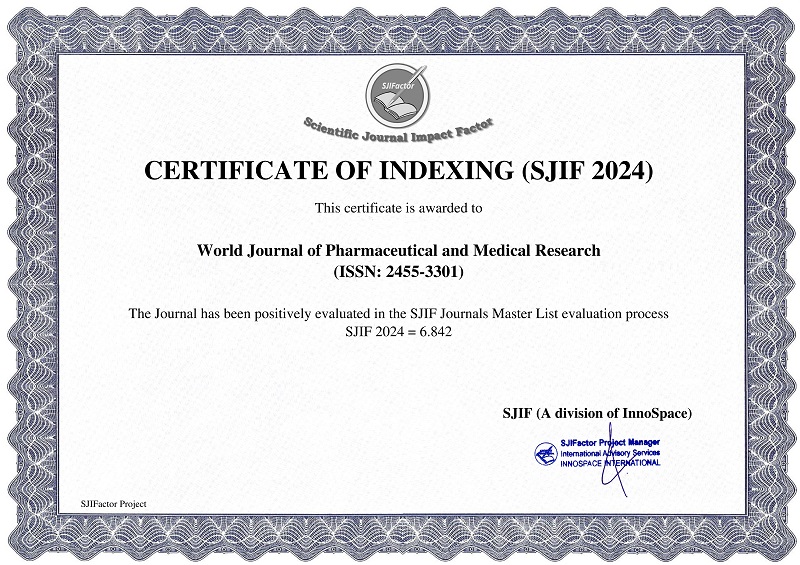THE THERAPEUTIC SIGNIFICANCE OF SHADRASA IN AYURVEDA
Dr. Chhavi Mahajan*
ABSTRACT
The term “Rasa” carries multiple interpretations in ancient Ayurvedic literature, each with its own significance. One of the foremost meanings refers to the immediate perception of taste sensed by the tongue, termed Pradhana Rasa or the primary taste. Another meaning highlights the taste that emerges after a certain period, known as Anu-Rasa or Uparasa, which signifies the secondary or subsequent taste. Within Ayurveda, the concept of Shad Rasa—the six fundamental tastes—is regarded as one of the most profound and comprehensive theories, forming a cornerstone of Ayurvedic understanding of diet, health, and disease management. The philosophy of Shad Rasa extends far beyond mere sensory experience. Each taste has been described in the classical texts with its specific attributes (Guna), potency (Virya), post-digestive effect (Vipaka), and unique influence on the balance of the Tridoshas—Vata, Pitta, and Kapha. The ancient seers not only classified tastes according to their sensory qualities but also explained their deeper physiological and therapeutic actions. This holistic approach provides insight into the relationship between food, medicine, and health, thereby offering a scientific framework for preventive as well as curative practices. What makes this concept even more remarkable is its timeless applicability. The theory of Shad Rasa is not confined to Ayurveda alone but has universal relevance across multiple disciplines, including nutrition, pharmacology, and even modern medical science. Despite the advances of contemporary research, the detailed descriptions of tastes in Ayurveda—their origins, properties, and therapeutic roles—remain unparalleled. By studying the six tastes and their impact on body and mind, Ayurveda presents a unique model for understanding how diet and medicines influence health, longevity, and overall well-being.
[Full Text Article] [Download Certificate]



